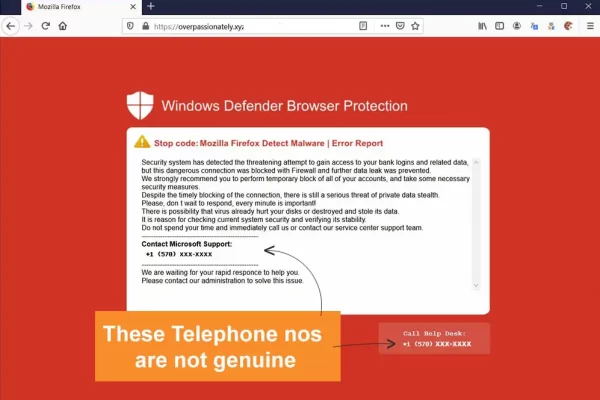Malware and virus are terms that are sometimes used interchangeably, although they actually refer to two different things.
Malware, or malicious software, is an overarching term used to describe any programme or code created to harm a computer, network, or server.
A virus, on the other hand, is a type of malware. Its definition is limited only to programmes or code that self-replicates or copies itself to spread to other devices or areas of the network.
The word malware can refer to any virus based on the above definitions. However, the word virus does not describe all types of malware.
The Difference Between Malware and a Virus
Aside from self-replication, there are other important distinctions between malware and viruses. Understanding the characteristics of these two cyber threats can help the user identify the type of attack and how to resolve it best.

Attack Type
Again, malware is an overarching category of attack. It includes subcategories such as ransomware, keyloggers, trojans, worms, spyware, and viruses.
While there are many types of viruses, all of them share the ability to spread through self-replication.
Method of Infection
Typically, malware attacks are initiated through phishing or social engineering techniques or corrupt attachments or downloads.
Viruses are often spread via web applications, software, and email; they can also be transmitted through infected websites, content downloads, and corrupt storage devices.
Attack Operations
Malware works in different ways, but most start by ensuring persistent access to a system so adversaries can slip into the network any time they like. Once inside, the malware takes control of the system to communicate back to its original sender. The information it communicates may include sensitive data, intellectual property, captured keystrokes, or images from a device’s camera, among other items.
Viruses, conversely, are usually dormant until the victim activates the attack, either through opening an infected application, downloading a corrupt file, or clicking an infected link. Once activated, the virus may complete any tasks it was designed to do, including deleting files, encrypting data, taking over system functions, or turning off security settings.
Attack Outcomes
The outcome of a malware attack depends on the type of attack. In some cases, like ransomware attacks, the goal of the cybercriminal is to receive payment in return for system restoration. In others, like distributed denial of service (DDOS) attacks, the hacker may have no purpose other than to disrupt operations.
Though viruses vary in sophistication, the attacker’s goal is generally to damage the user’s device or the more extensive network. For organisations, the virus may result in disrupted operations. It may cost significant sums to restore the system. Still, the attacker typically does not profit from the activity unless the virus is part of a broader malware attack, such as a ransomware scheme.



